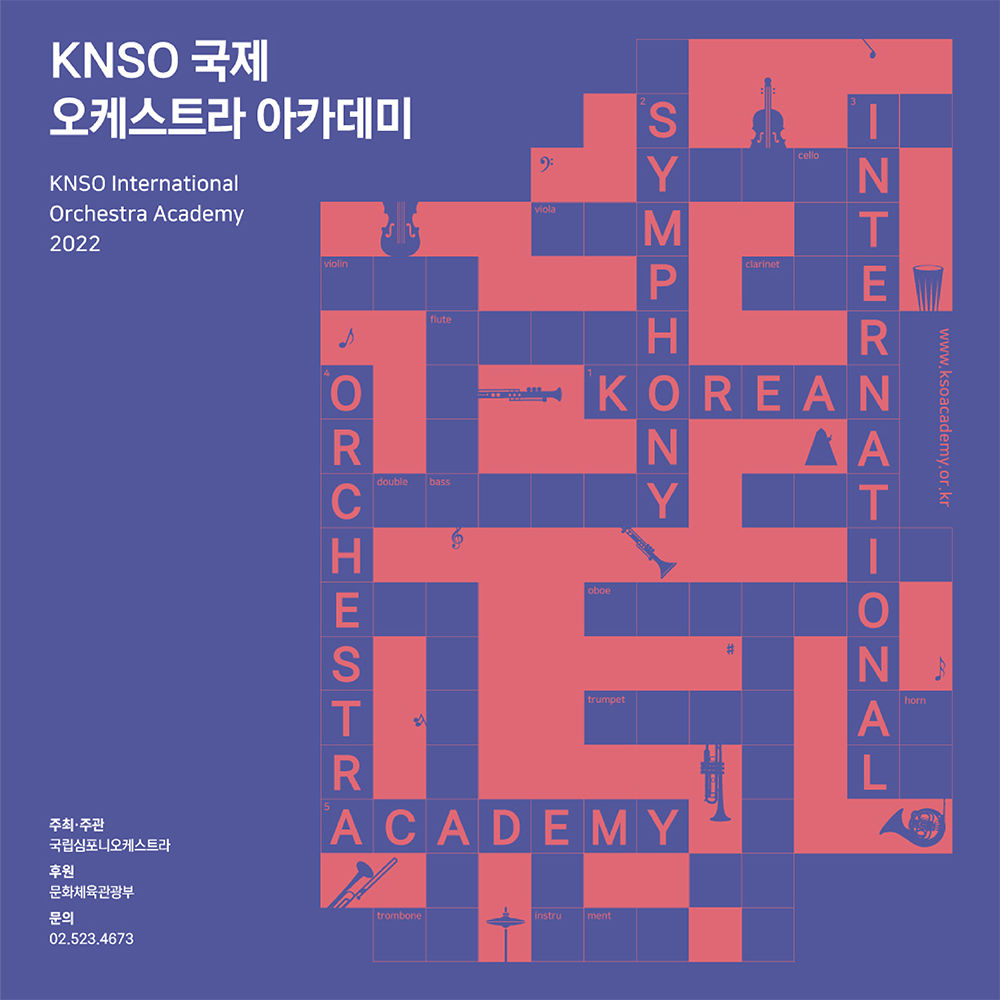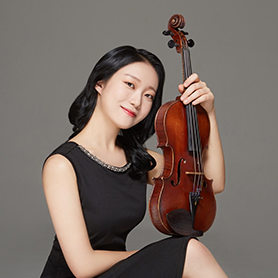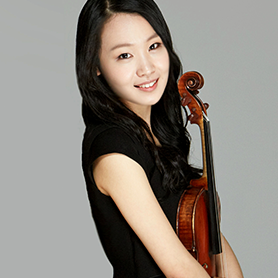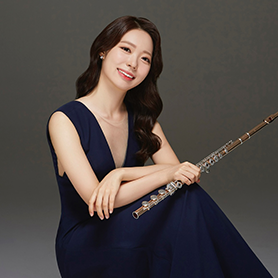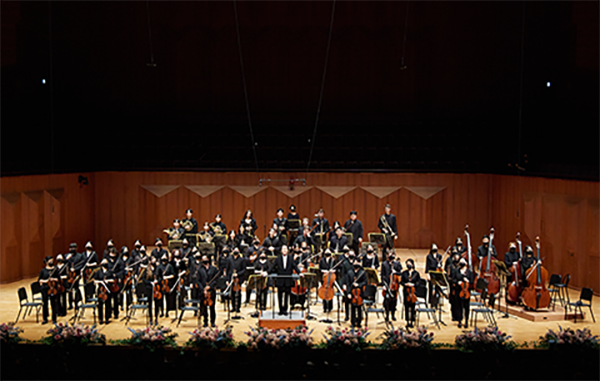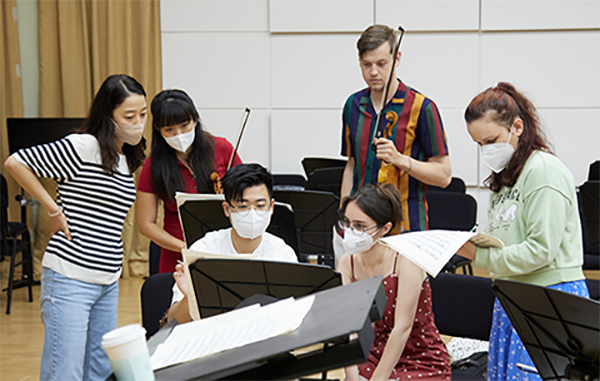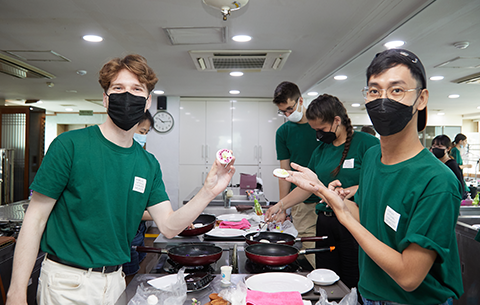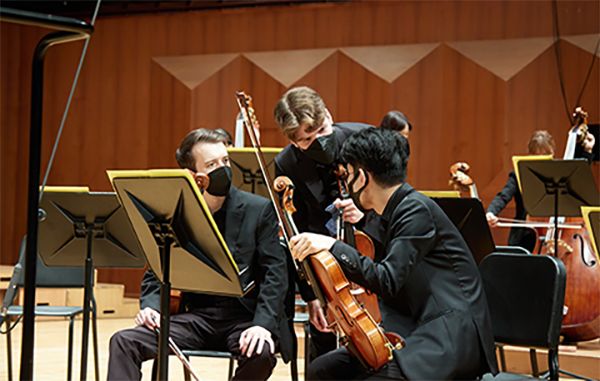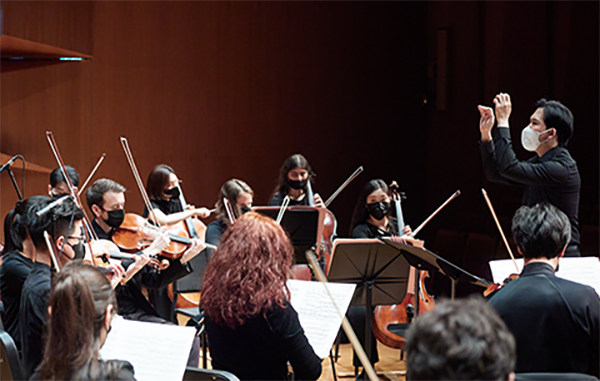Mental and physical training for music
In last March, the KNSO International Academy inaugurated its first master class of Violinist Guy Braunstein. Munkyeong Kim, Hyunjeong Lee and Jieun Yang participated in the violin part. After having served as the concertmaster of the Berlin Philharmonic Orchestra for 13 years since 2000, he conducted the class with an excerpt from his main repertoire such as R.Strauss ‘Don Juan’ and Beethoven Symphony No. 3.
Ms. Kim said regarding this master class that “I was able to look back on my posture and habits which I haven’t realized.” Ms. Lee said that “I’ve learned how to focus on sounds.” Last but not least, Ms. Yang commented that “I am pleased to have some musical solution over my concern about high notes.”
On April 20, Mischa Greull, a principal horn player in the Zurich Tonhalle Orchestra and professor in Music Physiology at the Zurich University of the Arts, was invited and delivered a lecture under the theme of “Body Management and Mind Control.” Music physiology is a discipline to alleviate and prevent physical illnesses including arthritis or tenosynovitis and mental stresses from pressures and stage fright that could develop in those who have started music at their early age. During the class, students have learned how to ease their stiffened muscle after performance and improve performance with relaxation of tensions before performance through image training.
Instruments are not the only tools for music
With leaving the center space empty, the class started with yoga mats doled out to participants. They were hesitated when Professor Mischa Greull told them to spread the mat and take off their shoes. He explained by saying “jumping is a good exercise to warm up your body before playing a musical instrument. Let’s jump high with your arms and shoulders relaxed.” No wonder participants were puzzled because in their minds warning up starts with tuning of an instrument and finishes with scale and rhythm exercise. However, this may not be a good way of “warming up” since it gives yet another tension. As stretching began in earnest, some even tied up their hair possibly due to perspiration.
Professor Greull showed the pelvic model and explained how the back and pelvis operate. He said “lie your face down as if a champagne glass is on your back while looking down and raise your left arm and right leg” and went on to explain that “you tend to give some tension to your back as you have to open up your chest for the expression. However, you have to relax your back first for performance.”
It was followed by stretching to relax shoulders and arms that could be more easily ruined because they are flexible and pelvic stretching considering orchestra members who play an instrument while being seated. The last exercise was for fingers as fingers tend to move the most during performance. “First, you put your hands on the desk and lift your fingers. Then, you put the other hand over the fingers lifting up and gently apply some pressure.” As putting some weight on each finger, there were voices here and there saying “feels relaxed.”
Music that can be refined with mind
The voice of Professor Greull turned more placid when he said that “As what we imagine becomes music, our mind is very crucial.” It was the time to pull things together and muster up imagination for the class.
Professor Greull told participants to close their eyes. He went on to say “imagine that you take your instrument out, go up to the stage and play the instrument. Think about the audience listening to your music, and then step down from the stage and put your instrument back into the case. Now, open your eyes and which moment is the most intense to you? Which moment do you find the most tensed?” Ms. Choi playing a horn answered “the moment I put a breath into the instrument” as the first breath was the most intensive moment to make a good sound.
Professor Greull continued saying “let’s carry on imagination with an instrument in your hand. Hold your instrument.” Participants were embarrassed to hold their virtual violin, horn and cymbals in their imagination. However, the facial expression of the professor was serious than ever. “You become your coach. Play yourself and find out what falls short. Express the musical motif in different ways and focus on the rhythm.” Participants played their instrument in the thin air as if they were playing music they are currently working on.
After the class, I met with the participants, Minyoung Kim (cello), Yujeong Choi (horn) and Myungji Kim (percussion). Taking a personal training to build core muscle up, Minyoung Kim said that “it was novel to learn image training and how to relieve stresses during performance” and “I focused on the quality of sound, but I’ve learned to look music in bigger perspective through image training.” Myungji Kim thought that the class was what she needed when she had heard of the class title. She mentioned that “it’s helpful to imagine how I use my body and how it sounds as I played the instrument in the air without a mallet or cymbals only relying on imagination.” Ms. Choi also commented that “it’s definitely useful. If I do image training to picture how I will play before performance, then it’d alleviate my tension.”
